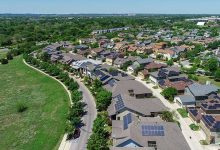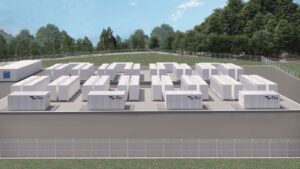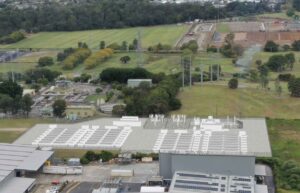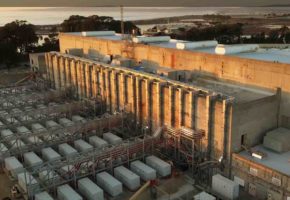 Victoria will require all new inverters installed under the state’s solar and battery rebate schemes to be capable of remotely and dynamically adjusting their PV export limits, under new rules coming in to play in March of next year.
Victoria will require all new inverters installed under the state’s solar and battery rebate schemes to be capable of remotely and dynamically adjusting their PV export limits, under new rules coming in to play in March of next year.
In a notice to market published this week, Solar Victoria – which oversees the Labor Andrews government’s Solar Homes Program – outlined of a raft of rule changes and recommendations for participants in the scheme to make solar homes “future ready,” including for a shift to all-electric appliances.
The five new mandatory requirements and seven recommendations for the coming 2023-24 financial year also seek to support stability of the state’s electricity grid by ensuring systems installed under our the rebate scheme are visible to the market operator and biddable, when required.
A big ticket item for the Victorian solar industry is that, from March next year, PV inverters installed through Solar Homes must be compliant to IEEE 2030.5-2018 and Common Smart Inverter Profile (CSIP)-AUS, a change that was flagged this time last year.
This brings much of the Victorian industry into line with South Australia, which will this July become the first in Australia to make dynamic export capabilities compulsory for all new solar and battery inverters installed on the state’s grid.
Indeed, such has been the rush to gain better control over South Australia’s huge rooftop solar resource that AEMO and distribution network operator SA Power Networks also rushed through a Remote Disconnection and Reconnection requirement in that state, allowing systems to be switched off remotely in cases of emergency.
But flexible exports, which have been trialled extensively in SA, are considered a much better option than a solar switch-off button, giving households the option, on occasion, to export more solar than they might otherwise be allowed to, in return for allowing the network to also lower export limits, at time, to manage grid stability.
“So we’re taking up the South Australia position there,” Solar Victoria CEO Stan Krpan told RenewEconomy on Wednesday, “but we’re giving industry more time to adjust.
“We see dynamic exports as a really important customer benefit and obviously [as a way] to future proof [rooftop] PV,” Krpan added.
Krpan says the other most significant changes to rules and recommendations for industry in the coming year relate to electric hot water systems – another technology Solar Victoria offers rebates for households to install.
A new mandatory requirement for hot water heat pumps – again, coming in to play in March 2024 – is that all those installed through the scheme have, as a minimum requirement, an integrated timer that allows for the unit to run between a specified time window or is connected to a solar PV system and runs during periods of solar generation.
As the Solar Victoria site explains, this is to maximise self-consumption of solar generation, improve grid stability and reduce carbon emissions by helping heat pumps operate at their most efficient, such as in warmer temperatures. It also reduces the likelihood of faults or breakdowns and of noise complaints at night.
On the “recommendation” list, Solar Victoria suggests retailers and installers ensure that hot water heat pumps installed through the program are “fit-for-purpose for climate.”
This means that the minimum operating temperature specified on the product datasheet should be lower than the minimum recorded temperature as specified by the Bureau of Meteorology for the location the heat pump is being installed.
The purpose of this is to ensure the hot water heat pump will not be installed outside of its operating range, both to prevent failures and reduce the likelihood hot water heat pumps get a bad rap in the push to electrification.
Along the same lines, a further recommendation is for retailers and installers to ensure that hot water heat pumps are appropriately sized to a household’s needs.
Krpan says a lot of these new recommendations and rules are geared towards helping the industry to make home solar electrification as seamless as possible for consumers, as Victoria strives to slash its emissions and get homes off gas.
“We really see solar retailers as the key to electrification,” he told RE. “And so growing businesses that can do solar and hot water, heat pump, or air conditioner, or whatever …they’ll be the ones that in the future, in my view, they’ll be the most successful companies because that’s what people want.”










